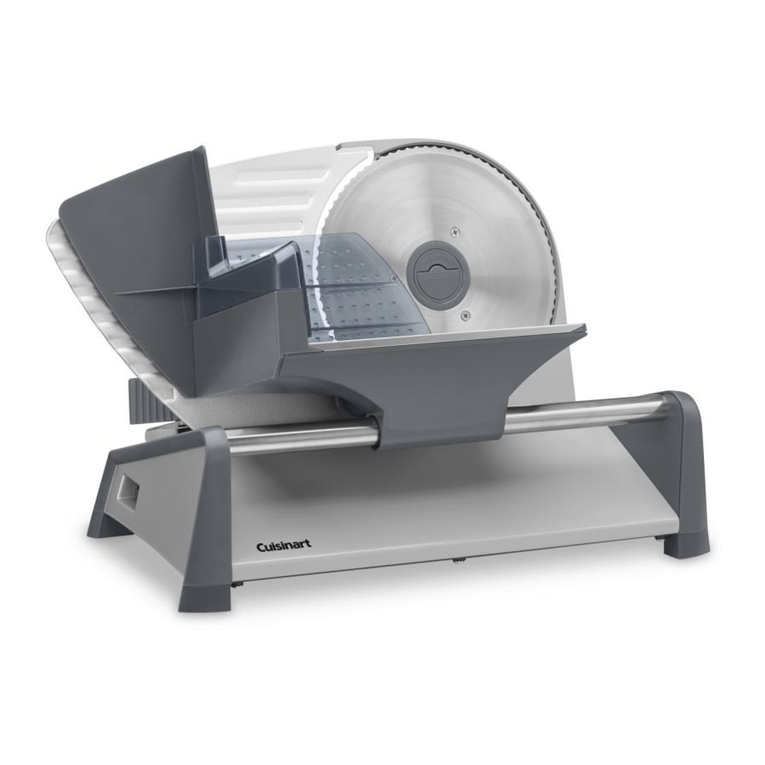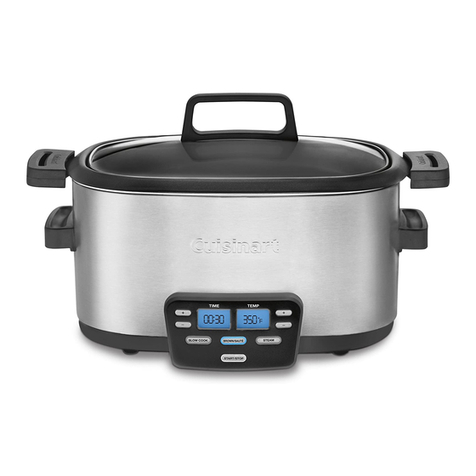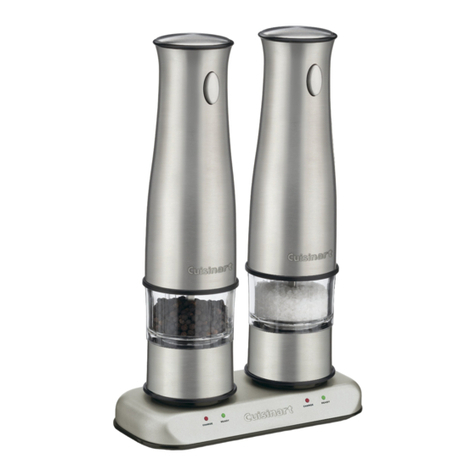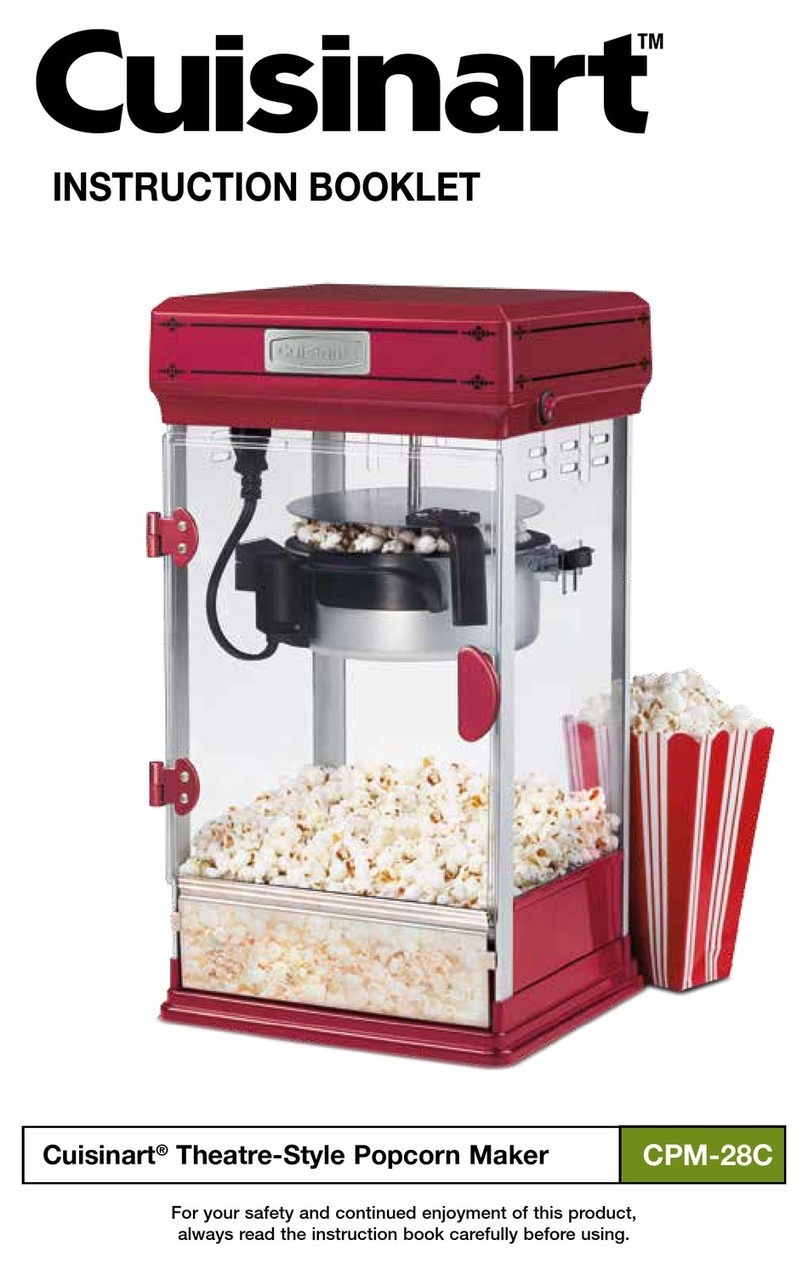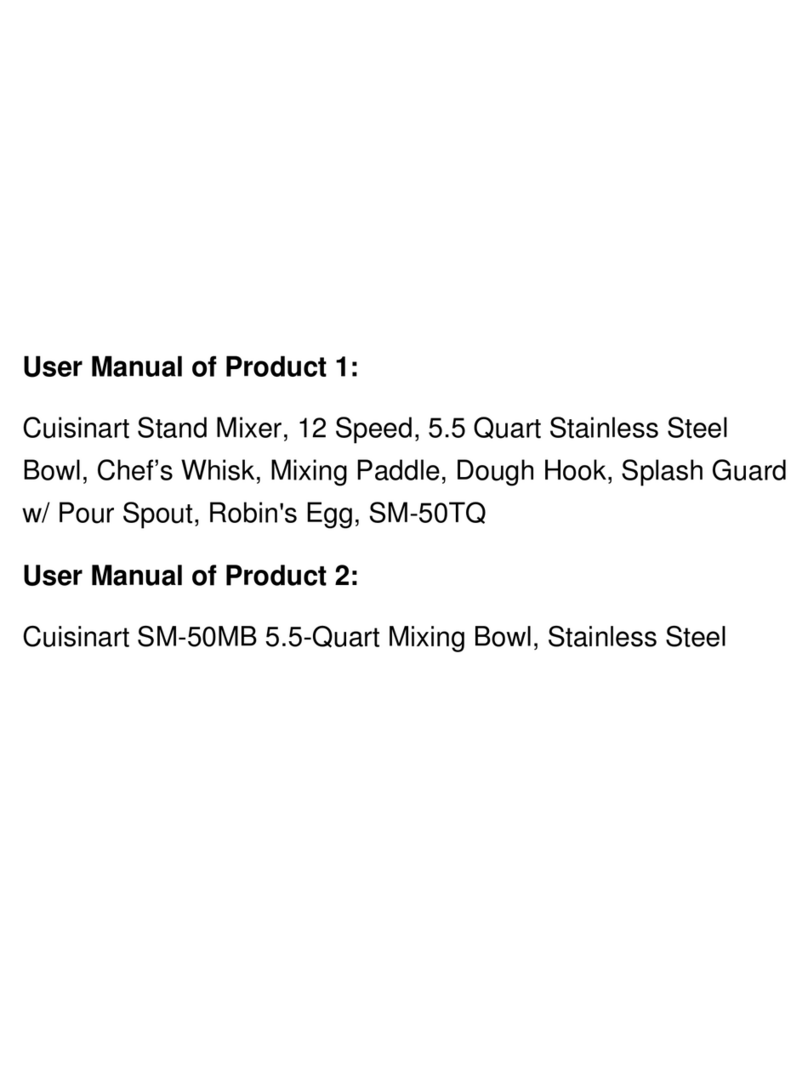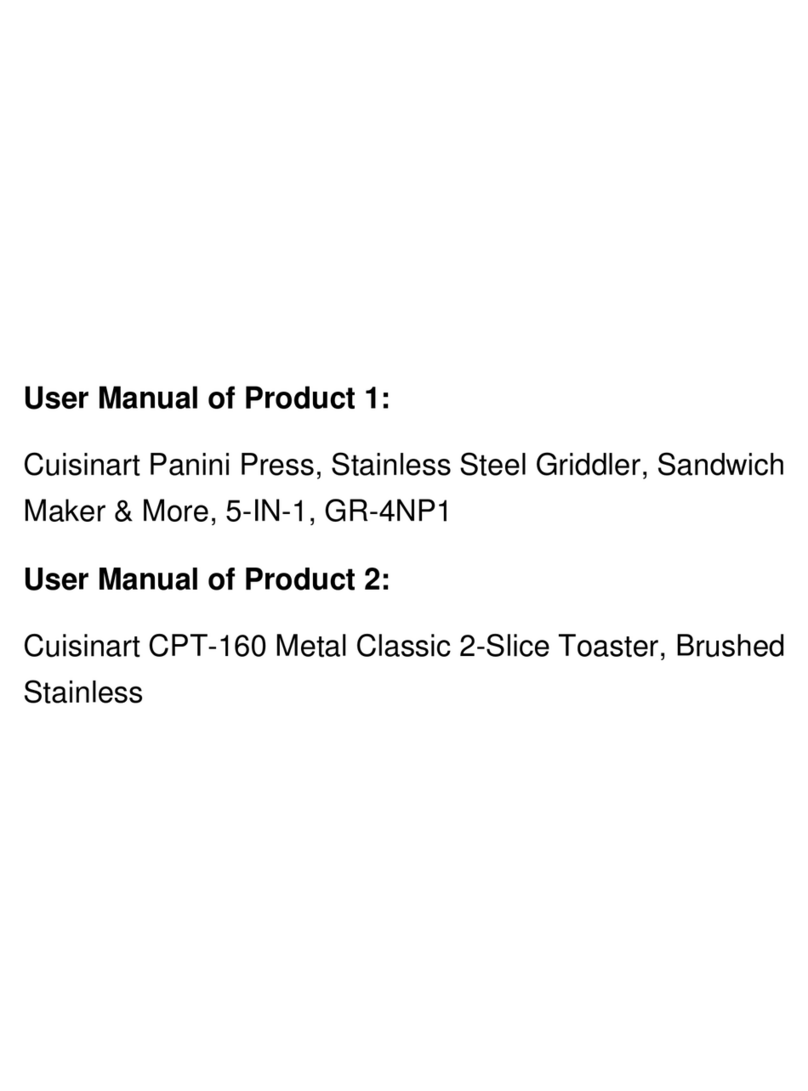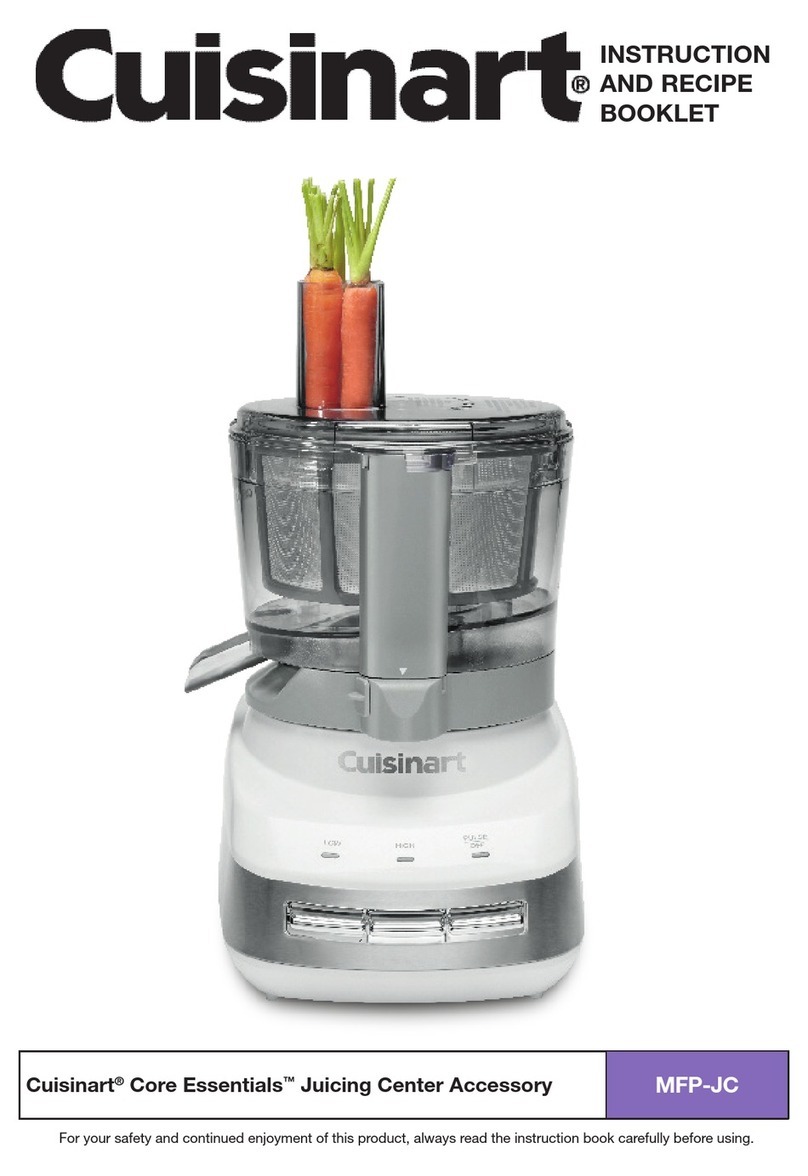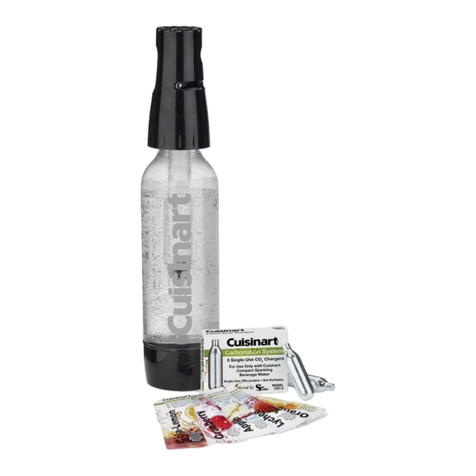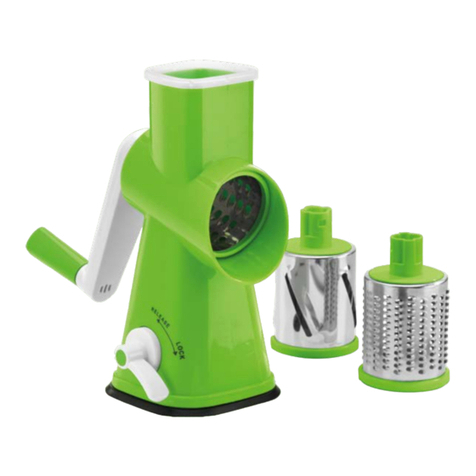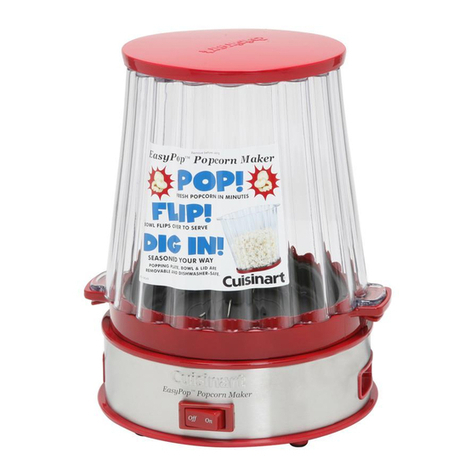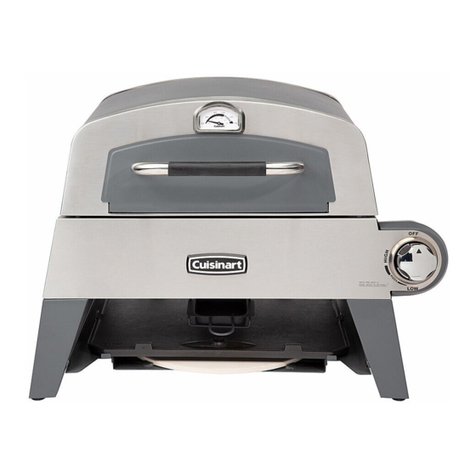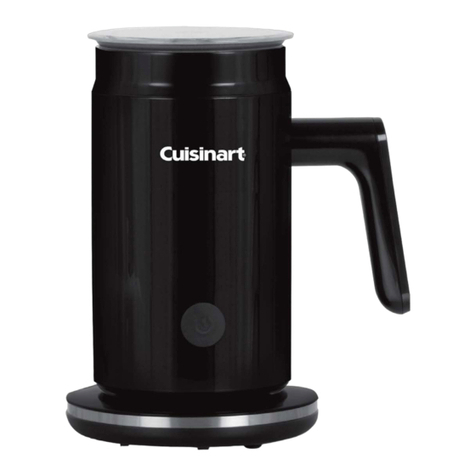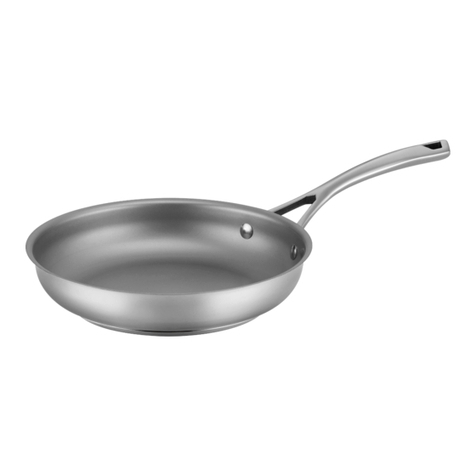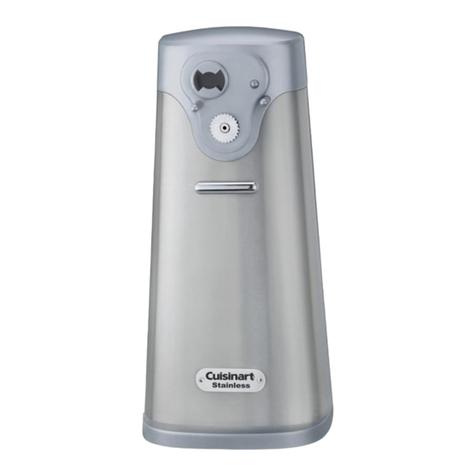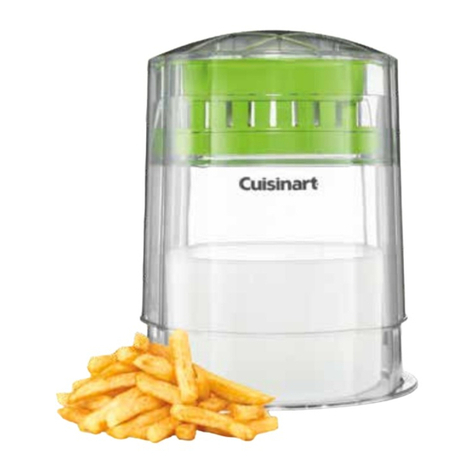
6
Deep dish, 550°F, 15 minutes
Deep dish pizza, considered a Chicago specialty, is traditionally prepared in a tall pan
and has a thick crust lled with an ample amount of sauce, cheese, and other traditional
pizza toppings. The cheese often melts over the crust and forms a crispy texture where
it contacts the pan while baking.
Detroit, 550°F, 15 minutes
This popular deep-dish style pizza consists of a very thick dough that is generously
oiled and studded with fatty cheese. The most popular topping is stripes of pizza
sauce, but pepperoni is also a regional favorite. It should be baked until the edges and
bottom of the pizza are very browned and crispy.
Sicilian, 500°F, 15 minutes
While this also falls under the heading of a “deep dish” pizza, it is more like a focaccia
with toppings. Focaccia dough, baked with rich olive oil, is rst parbaked and then
topped either with a little bit of cheese and herbs, or fully topped with sweet pizza
sauce, cheese, and a light scattering of toppings.
Grandma, 500°F, 15 minutes
Grandma-style pizza is the New York region’s take on Sicilian pizza. It is a bit thinner
and most often sold in shops by the slice. It has lighter and fresher toppings than
the typical New York slices.
Focaccia, 500°F, 15 minutes
Focaccia is a bread enriched with olive oil. Sometimes it is just served with light
toppings of herbs and salt, or maybe a little grated cheese. Other times it is twice
baked, where it is rst parbaked, then stuffed with cheese and llings, then nished
to make it more of a stuffed bread.
Calzone, 500°F, 15 minutes
The simplest way to describe this pizzeria staple is as a stuffed pizza. Pizza dough is
stretched to an oval or circle and lled with cheese, typically ricotta and mozzarella,
and often a mixture of vegetables and meats. It is cooked directly on the pizza stone
to ensure a crispy exterior and fast cooking.
Frozen, 450°F, 15 to 20 minutes
Cook frozen pizza directly on preheated stone. Keep in mind that thicker crusts will
require more time while thinner crust and personal pizzas will take less time. For best
results, turn pizzas with peel halfway through cooking time.
Gluten free, 500°F, 10 to 15 minutes
Gluten-free crusts require special attention. Since the doughs are typically stickier,
they are best cooked in the baking pan as opposed to directly on the pizza stone.
They may need to be parbaked before topping to ensure that they are fully cooked
through and can withstand the weight and moisture of toppings.
Our cooking recommendations are based on our gluten-free pizza dough
recipe (page 16). Gluten-free dough may be used for any pizza recipe.
Cauliflower, 500°F, 4 to 5 minutes
Cauliower crusts (page 17) require special attention similar to that of gluten-free
doughs. They need to be baked in the baking pan, if preparing fresh, and require the
pan to be well oiled. The crust must be parbaked prior to topping.
MAKING THE PERFECT PIZZA
Pizza making takes practice – here are some key steps for success.
Great pizza begins with great ingredients—high quality and simple ingredients go a
long way.
Dough is the important foundation of a pizza. Store-bought dough is convenient and
consistent. It is also a great starter dough for practicing pizza making.
Our recommendation is using 8 to 10 ounces of dough for each pizza.
Once you get the hang of pizza making, we highly recommend trying some of our
dough recipes. Our Neapolitan-style dough (page 13) with the addition of the optional
sugar makes for an authentic Neapolitan pizza.
For maximum avor and fermentation, we recommend resting homemade dough in the
refrigerator for 24 and up to 72 hours before preparing for best results. Remove dough
from refrigerator at least 1 hour and up to 3 hours before shaping. Keep covered as it
rests at room temperature.
For the best avor and ultimate nal pizza, our dough recipes tend to be a bit more
sticky and wet than a traditional dough ball. This wet consistency requires extra our
and patience for success. Use oured hands when handling dough – this way dough
will not stick to your hands plus you can control the amount of our used. Brush off
excess our before topping.
Go light on the toppings! This helps with both transferring pizza from peel to stone, and
it is true in pizza making that a little goes a long way in terms of toppings. Wet toppings
weigh down the pizza and cause the dough to stick to the pizza peel.
Preheat the oven before preparing and assembling your pizza. It is important that the
pizza stone is hot and ready before you begin.

